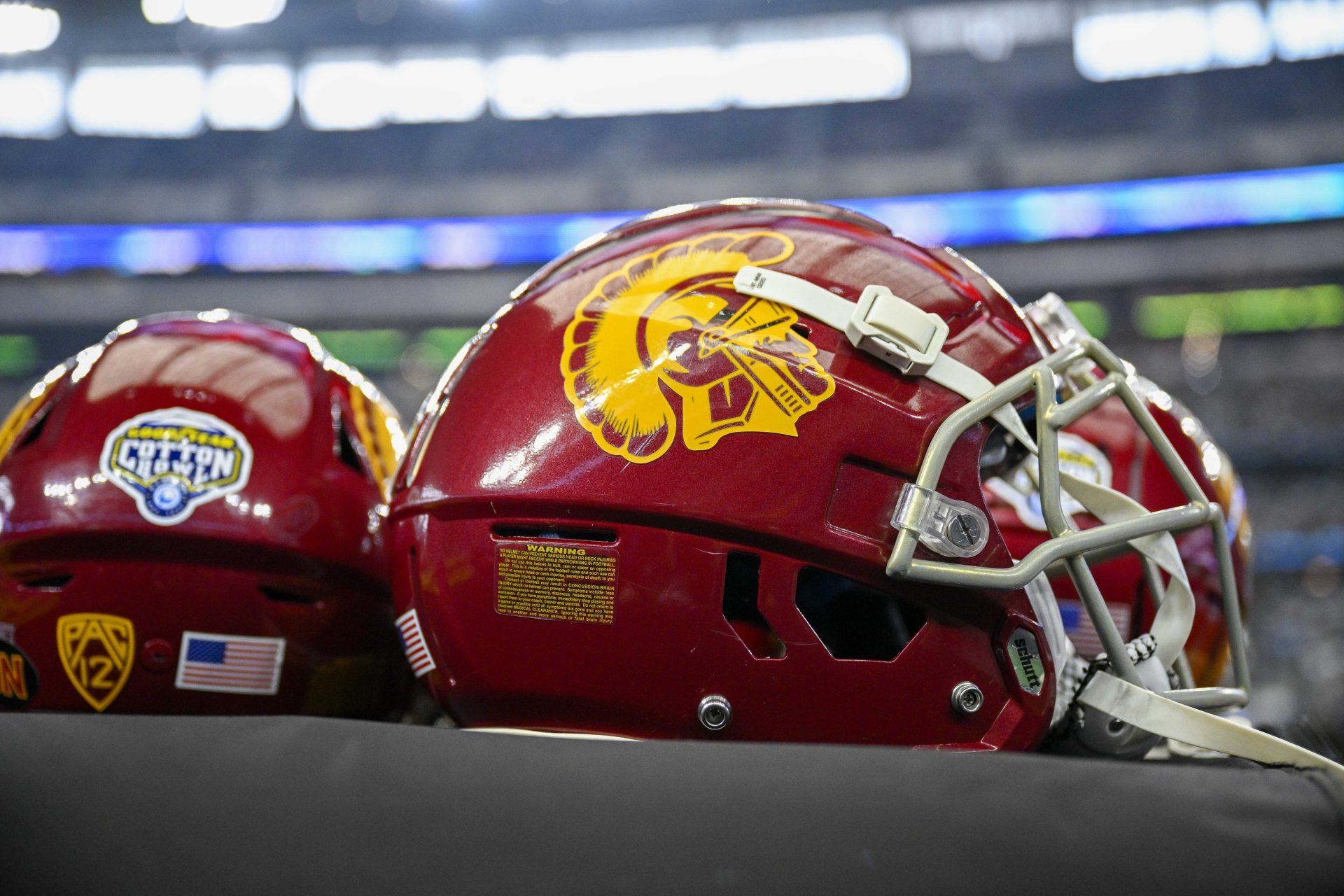USC’s latest recruiting coup has sent shockwaves through college football: the Trojans landed five-star tight end Mark Bowman, reportedly set to earn up to $10 million in NIL deals.
The staggering figure, more commonly reserved for quarterbacks, has ignited debate—but analysts say USC is investing in more than just a position. They’re paying for a game-changing mismatch.
Why USC Paid $10 Million For A Tight End
When news broke that Bowman, the nation’s top tight end, would be earning between $8 million and $10 million in NIL deals at USC, the reaction was swift and polarized. Critics questioned the wisdom—and fairness—of such an outlay for a non-quarterback, while rival fanbases accused USC of buying its way to the top.
Yet, as analyst J.D. PicKell explained, the investment is about much more than Bowman’s position.
“USC is not paying for a tight end,” PicKell said. “USC is paying for a mismatch in their game plan every single weekend… You’re not thinking about how much you’re paying Mark Bowman when he’s catching a game-winning touchdown against Ohio State in the Big 10 Championship… The mismatch part of it is awesome. That’s what you’re actually paying for.”
Bowman’s rare blend of size, speed, and versatility makes him a nightmare for defenses, precisely the kind of weapon head coach Lincoln Riley has built his offenses around. Standing 6-foot-4 and weighing 225 pounds, Bowman moves like a receiver but blocks like a lineman, drawing comparisons to NFL-bound stars. In his last season at Mater Dei, he hauled in 32 passes for 435 yards and eight touchdowns, proving his ability to impact both the passing and running game.
USC’s approach is as much about strategy as it is about spectacle. Riley’s offense thrives on creating mismatches, and Bowman’s skill set fits perfectly into a system designed to exploit defensive weaknesses with tempo, motion, and creative personnel packages.
The Trojans aren’t just buying a player—they’re securing a tactical advantage that could define the next era of USC football.
Beyond the Numbers: The New NIL Reality
The Bowman signing emphasizes a massive change in college football recruiting. Even among signings sparked by NIL, financial packages are becoming a central part of the pitch for elite talent.
Though the $10 million number is eye-popping, it’s also emblematic of the market’s new realities. Top programs use their resources and location — USC’s campus in Los Angeles is a big part of the pull — to sell athletes on exposure and the earning potential few schools can offer.
But money wasn’t the only factor in Bowman’s decision. USC’s proximity to his Southern California home, the prestige of playing for a historic program, and the chance to be a focal point in Riley’s high-powered offense weighed heavily. Other bluebloods like Georgia and Texas were in the mix with competitive offers, but USC’s holistic pitch proved decisive on and off the field.
But they have not been without controversy. Others fear that NIL-created recruiting disparities will widen the haves-and-have-nots gap, ruin team chemistry, and chip away at the establishment amateur ethos of sports at the college level.
KEEP READING: ‘It’s a Blessing to Carry That Legacy’: 5-Star Ohio State Commit Chris Henry Jr. Reflects on His Father’s Impact
But as PicKell and others say, this is just the new normal: programs must be aggressive and clever to get the sorts of difference-makers that can change the game.
College Sports Network has you covered with the latest news, analysis, insights, and trending stories in football, men’s basketball, women’s basketball, and baseball!


